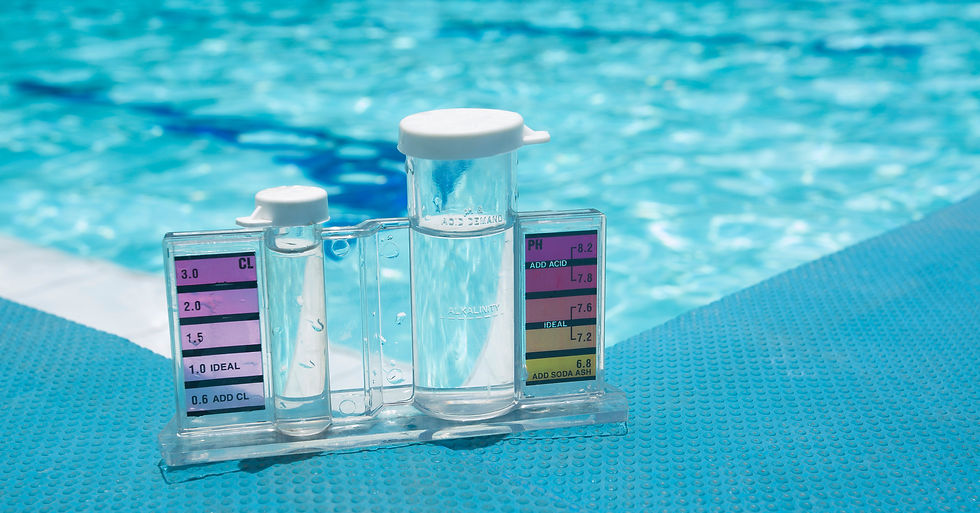PH Levels In Your Home's Water
- Elly Brian
.png/v1/fill/w_320,h_320/file.jpg)
- Aug 1, 2022
- 2 min read

Acidic and base are two categories that describe pH, just like hot and cold describe temperature. Acids and bases can balance their pH levels just like mixing hot and cold water can bring extreme temperatures to a more pleasant one. A substance that is neither acidic nor basic is neutral. Water’s natural pH is neutral, but it can easily change due to its environment.
Water with a low (acidic) pH balance can be harmful to your entire plumbing system by accelerating the corrosion process. Metals are stripped from your plumbing weakening the pipes and causing pinhole leaks. The materials the water took from the pipe are deposited on your fixtures and lead to blue/green staining over time.
Your water may also fall on the opposite side of the pH scale, meaning it’s too basic.
The pH scale measures how acidic or basic a substance is. It ranges from 0 to 14. A pH of 7 is neutral, a pH less than 7 is acidic, and a pH greater than 7 is basic. Each pH value is ten times more or less than the next level. For example, a pH of 4 is ten times more acidic than a pH of 5 and 100 times more acidic than a pH of 6. The same holds true for pH values above 7, each being ten times more alkaline (another way to say basic) than the next lower whole value.
If your water has a high (basic) pH balance, it behaves exactly opposite as acidic water. It deposits scale build up into your plumbing. Think of it as a balancing act. At a pH of 7, water is perfectly balanced. Water at a pH of 6 is starving and will eat away at your pipes to try and get back to 7. Water with a pH of 8 is too high and wants to lose particles to try and balance back to 7.





Comments